10 Best Fix Lens Recommendations.
A fix lens is a lens with a single focal length, therefore it has no zoom function. If you want to make the object closer or further away, you need to physically move to adjust its composition. There are many brands of fix lenses that are available in the market such as Canon, Fujifilm, Sony, and others. The many choices make photography lovers, especially beginners, often wonder which one to choose.
This time, we will introduce ten fix lenses that can be used as your references. We will also give tips for choosing fixed lenses based on focal length, aperture, the mounting type. Happy reading!
How to choose a fix lens?
The following are some basic methods for choosing a fixed lens. Make sure you pay attention to important thing such as focal length, which will directly determine the compatibility with the image object.Choose fix lens based on their focal length.
Focal length is the distance from the lens to the image sensor inside the camera. The focal length determines the distance to the object and the range of the image. We will show you how to choose the image you want to take, based on the focal length.Check the standard image sensor before choosing the focal length!
Before you choose a lens based on its focal length, the first thing to note is the camera's image sensor standard. Checking the lens specifications is an important point. It will prevent problems related to the narrow angle of view.There are two main image sensor standard, i.e.: full frame and APS-C. The APS-C sensor area is smaller than the full frame model so that the angle of view tends to be narrower, for example is the 50 mm lens on an APS-C camera model. The angle of view of this lens will be the same as when you attach a 75 mm lens to a full frame model. You might feel that the size captured by the APS-C sensor is quite narrow.
You can enjoy the correct focal length using a full frame model. The focal length of this model will be 1.5 times that of APS-C cameras.
However, cameras with APS-C sensors are smaller and cheaper, so they tend to be widely used in the entry level camera models.
Wide angle lens: good in perspective and spatial stretch.
Wide angle lens refers to a lens of 35 mm or less. With this lens, you can capture a wider area. Therfore this lens is ideal for photographing landscape images, natural photographs, or when you want to capture a wide space. This lens has a wide viewing angle and a deep depth of field.Wide angle lens also emphasizes the perspective of objects that are far or near. Therefore you can take dynamic pictures if you shoot closer to an object in a small space. The advantage of using a wide angle lens is that you can shoot buildings with perspective while on the go. Wide angle lenses are also widely used in smartphone cameras. Many people might use it without realizing it.
Standard lens: can take anything and has a lot of bokeh.
A standard lens refers to a lens with a focal length of around 50 mm. This type of lens is the easiest lens to use because it is close to the normal human visual field. Its point of view is almost the same as the field of view when humans pay attention to something. It also gives the impression of cutting the scene from the scene. This type of lens can be used for almost all types of shooting, such as portrait and landscape, as well as other photos. A standard lens can be said to be a versatile lens.In addition, the bokeh effect is higher than that of a wide angle lens. This effect is perfect for those who want to increase the amount of motion blur and enjoy shooting sessions so it's good if you have this lens. A 50 mm lens is an intermediate lens which does not have a wide angle or telephoto capability. However, the focal length that you need will vary depending on what you take. So, please also consider the object and method of shooting.
An ideal mid-telephoto lens for portraits.
Lenses with a focal length of 85 mm to 100 mm are called medium telephoto lenses. This type of lens is often used toa take face or portrait photos. Despite its relatively weak nature as a telephoto lens, it has a narrow viewing angle. This gives the impression of distance between the object and its surrounding elements so it looks closer (compression effect). Medium telephoto lenses also have a shallow depth of field. This lens is recommended for those who want to photograph people as objects.One advantage of a medium telephoto lens is that you can take pictures that look like they are staring at one point. You can take the appropriate distance from the model, and have the effect of reducing object distortion. This is the same as when shooting in wide angle or telephoto. This lens has a shallow depth of field so it can easily create a front and back bokeh effect.
Check the manufacturer and lens mount.
The lens mount refers to the part that connects a lens to the camera body. Every manufacturer has their own unique attachment. We have Canon EF mount on a Canon camera, Nikon F mount on a Nikon camera, and Sony A mount on a Sony camera. The replacement lens basically comes from the same manufacturer so it has a holder that matches the camera body. If it's not the same, then the lens can't be used.You can use another brand's lens by installing an adapter. However, if you are not sure, be sure to check the right holder when choosing a lens. Lenses sold by third party manufacturers such as SIGMA and TAMRON have their own type of holder. These lenses can be used if they are suitable. Always check the mount type to make sure it fits your camera.
Macro lenses for taking great pictures!
Macro lenses are lenses that allow you to take short distance objects. Basically, a macro lens is a medium telephoto lens with a focal length between 85 mm to 100 mm. However, there are also macro lenses with focal lengths of 40 mm and 200 mm. Macro lenses are very necessary when you want to take close-up photos of food, flowers, pets and more. The picture has a beauty and brightness and has a good level of bokeh. It will give you an interesting photos.Macro lenses are not close-up lenses. Therefore you can take pictures of scenes, people, and other objects by adjusting the original focal length. If you have this lens, you can shoot more objects and try different ways of shooting. It might be a good idea to choose this lens as your first fix lens.
When choosing a macro lens (micro lens for Nikon), first consider the maximum zoom magnification. A lens with a magnification of 0.5 times is called a half macro, whereas a lens with an enlargement of 0.25 times is called a quarter macro. If you want to shoot multiple close-up images, choose a lens with a maximum zoom enlargement of 1 time.
In addition, the shortest shooting distance is also important. This distance shows what is the shortest distance from the image sensor in the camera to the object. For example, if it says 16 cm, it means that the lens will not be in focus unless it is at least 16 cm apart. This is an important specification that determines how close you can shoot. So, make sure to always check this.
Check the AF speed (autofocus).
When photographing moving objects, such as children or animals, you need a lens that can focus immediately so that you don't lose the moment. Depending on the object, check also the AF speed of the lens to be purchased.In general, it can be said that lenses equipped with ultrasonic motors can find focus faster. However, in reality it may be difficult to judge whether the object can be focused quickly or not, based on the type of motor. This is because each company has a different motor, and the type of motor is not always related to AF speed. Don't forget to look at the reviews from previous users to see if the lens has a fast focusing capability.
Special product recommendations:
Sony E 30mm F3.5 Macro
Want an original Sony macro lens at an affordable price? This product is the answer.
Sony only released two macro lens options for its mirrorless camera. One of them is the Sony E 30mm F3.5, which in my opinion is the best. The reason I call this lens the best is because the focal length is exactly at 30 mm, not too close and not too far. Another reason is because the price is affordable.
When compared with other brand macro lenses, the Sony E 30mm F3.5 lens is fairly inexpensive. This is contrary to the general notion that macro photography is expensive because it has a higher price.
The shape of the Sony E 30mm F3.5 lens is also very simple. There is only a focus ring that can be used for manual use.
The lack of this lens is simply the absence of stabilizer technology commonly used to produce a non blur photos. However, since macro photography usually uses a tripod, even without thestabilizer technology it is actually not a problem.
10 Best fix lens recommendations.
Here, we will introduce ten types of fix lenses that you can use as a reference before buying one. Please choose the lens that suits your photography needs!
10. Sony FE 50mm F1.8
Sophisticated optical design for sharp and clear images.
This versatile lens is designed for cameras with full frame sensors. Having an aperture of f/1.8, this lens can work optimally in low light conditions. Therfore this lens will allow you to take pictures at night or indoors.
This lens is able to produce images with objects that are more prominent and have a stunning bokeh background. The optical design is very sophisticated so it produces sharp and clear image quality. If you are a Sony camera user who is thinking of buying a fix lens, you can try this product.
Classification: Standard lens
Focal length: 50 mm
Maximum aperture: F/1.8
Weight: 186 g
Mount: Sony E
9. Sigma Art 30mm F1.4 DC HSM
Take pictures without fuss!
The results of the bokeh remain soft despite using a large aperture. Sigma is a quality lens manufacturer that is well known in the photography world. Sigma Art 30mm F1.4 DC HSM is equipped with a focal length equivalent to 45 mm. This lens is capable of producing soft bokeh and high quality images even when using a large aperture.
By utilizing object distance and aperture, photographers can create a variety of different photography styles. Equipped with the latest design and technology, this lens is designed to be used for a variety of shooting needs. This product is suitable for those who do not want to bother changing lenses during the photo shooting.
Classification: Wide angle/standard lens
Focal length: 30 mm
Maximum aperture: F/1.4
Weight: 435 g
Mount: Various
8. Yongnuo YN 50mm F1.8
Light weight, and easy to carry.
Having a large aperture, YN 50mm F1.8 is able to provide a good depth of field. This lens has a manual and autofocus feature that can be selected as needed. The body is made of lightweight plastic so it is very easy to carry anywhere. This good quality lens at an affordable price is suitable for beginners who are studying photography.
Classification: Standard lens
Focal length: 50 mm
Maximum aperture: F/1.8
Weight: 120 g
Mount: Various
7. Sigma Art 50mm F1.4 DG HSM
Professional lenses with high performance.
Do you want to capture sharper images? This lens will be the solution. The 46 megapixel image sensor ensures that the lens captures primary colors in full. The colors in the resulting image will be more accurate and has a sharper resolution for each pixel.
Hyper Sonic Motor technology embedded in this lens makes the autofocus high-speed and quiet. Its minimal distortion will produce high resolution images with natural and aesthetic bokeh. This Art series is designed to provide high optical performance especially when installed on professional SLR cameras.
Classification: Standard lens
Focal length: 50 mm
Maximum aperture: F/1.4
Weight: 815 g
Mount: Various
6. Nikon AF-S DX NIKKOR 35mm F/1.8G
Take pictures in various lighting conditions.
This product is compatible with Nikon DSLR cameras in DX format. This lens has a wide aperture opening so that it can capture the maximum light. This lens can be used for shooting from morning to evening, both indoors and outdoors. If you often shoot with a variety of light conditions, this lens can always be relied on.
Classification: Wide angle lens
Focal length: 35 mm
Maximum aperture: F/1.8
Weight: 200 g
Mount: Nikon F/DX format
5. Canon EF-S24mm f/2.8
Slim body for wide-angle images with natural results.
A focal length of 24 mm allows this lens to capture a natural wide viewing angle. The natural perspective is like seeing objects directly with the human eye. This product is also equipped with a focus motor that can work quickly.
Don't want to be burdened with a heavy lens? This Canon EF-S24mm f/2.8 STM can be the solution. This pancake type lens is light and slender with a thickness of only 22.8 mm. In addition, the price is also affordable for Canon camera users with APS-C sensor.
Classification: Wide angle lens
Focal length: 24 mm
Maximum aperture: F/2.8
Weight: 125 g
Mount: Canon EF-S
4. Fujifilm Fujinon XF 56mm F/1.2 R
Provides sharp results for portrait photography.
The Fujinon XF 56mm F/1.2 R is known as the best fix lens for portrait photography. This lens will create objects which look prominent and have a smooth background. As a portrait lens, the distortion is very minimal so the object looks natural.
This Fujinon lens has a high optical quality, fast performance, and sharp results, which are rarely found on other portrait lenses. If you take a lot of portrait, wedding, or studio photos, you should have this lens.
Classification: portrait/telephoto lens
Focal length: 56 mm
Maximum aperture: F/1.2
Weight: 405 g
Mount: Fujifilm X
3. Nikon AF-S NIKKOR 50mm F/1.8G
Large-aperture lens for everyday photography needs.
You cannot always predict the weather when shooting outdoors. Therefore, you need a lens that can still capture enough light, even in cloudy or rainy conditions. One fix lens that has a large aperture is the Nikon AF-S NIKKOR 50mm F/1.8G.
Its 50 mm focal length will create a natural blur background when photographing food, nature and human objects. This product is a standard lens for everyday photo. Every Nikon users need to have this lens.
Classification: Standard lens
Focal length: 50 mm
Maximum aperture: F/1.8
Weight: 185 g
Mount: Nikon F
2. Tamron SP 90mm F/2.8 Di MACRO 1:1 VC USD
Accurately capture small objects close-up.
Tamron issued several macro lenses with different focal lengths. One of them is this lens which can produce sharp and high-resolution color images. This lens has a magnification ratio of 1: 1. That way, you can capture small objects that cannot be enjoyed directly by the human eye.
The focus control is more optimal and has a high speed and accuracy when shooting close-ups. This lens is also equipped with vibration compensation (VC) which enhances image stabilization so that it displays clear and sharp images. This product is suitable for those who want to get a good macro photography experience.
Classification: Medium macro/telephoto lens
Focal length: 90 mm
Maximum aperture: F/2.8
Weight: 550 g
Mount: Various
1. Canon EF50mm f/1.8 STM
Compact and versatile, perfect for beginners.
This lens is touted as a versatile and best-selling lens on the market. With a diameter that is wide enough, this lens can be mounted on a Canon full frame or APS-C sensor DSLR camera . This product is also equipped with a stepping motor (STM) which makes the autofocus movement become quieter.
The Canon EF50mm f/1.8 STM is ideal for taking photos and videos. If you are tired of kit lenses and want to try new lenses, this product is the right choice. The design is concise and lightweight so it is easy to use, espescially for beginners.
Classification: Standard lens
Focal length: 50 mm
Maximum aperture: F/1.8
Weight: 160 g
Mount: Canon EF
Not only the fix lens, there are a variety of additional lenses for depending on the type and function. Using additional lenses can provide more experience for photography lovers. You can buy camera accessories in the form of telephoto lenses, fisheye lenses, or other lenses according to your budget and needs. For more details about these products, you can read them on this site.
Also read the 10 Best Polaroid Camera Recommendations.
Conclusion
Are you used to using a kit lens and thinking of trying a new lens? Or you actually already enjoy the benefits of a fix lens? Anyone will be addicted to the lens fix feature so do try it. Let's choose a lens that suits your needs and style and enjoy an extraordinary photography experience!
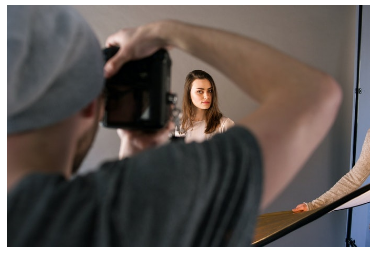
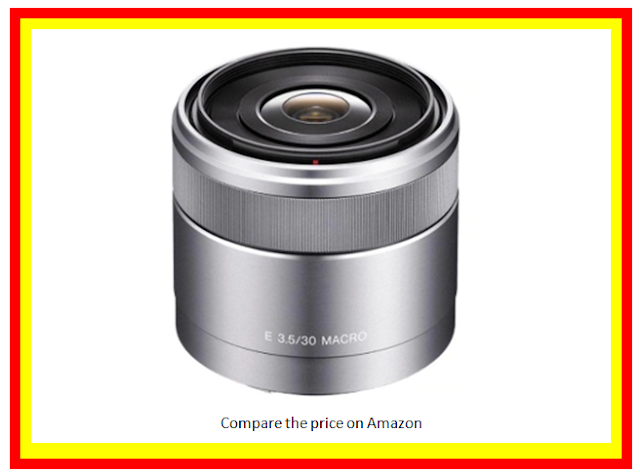
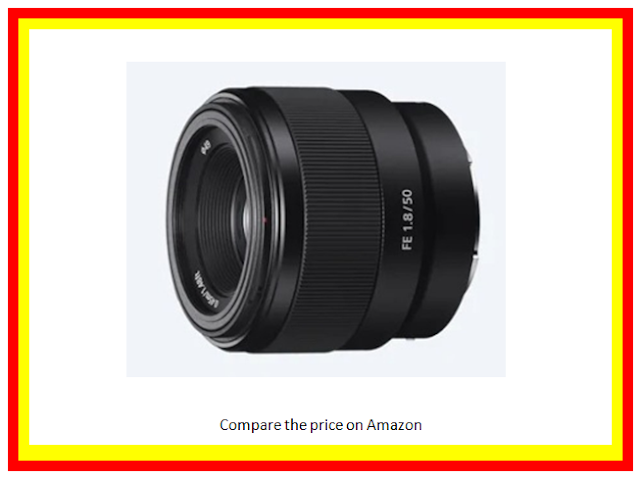
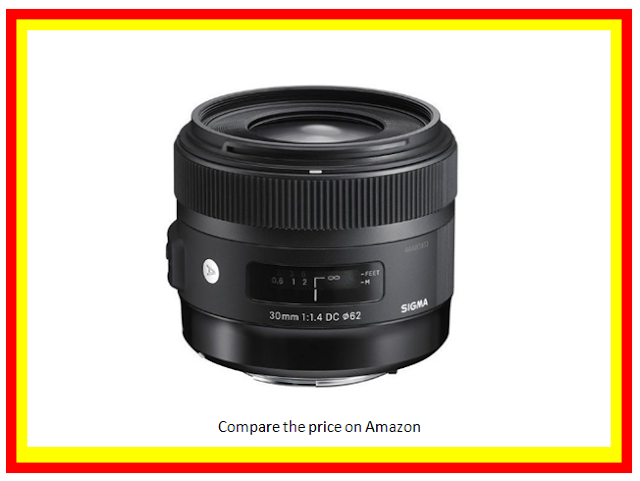
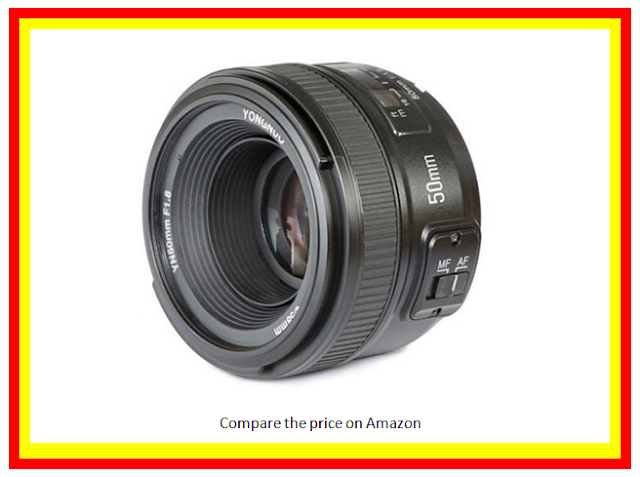
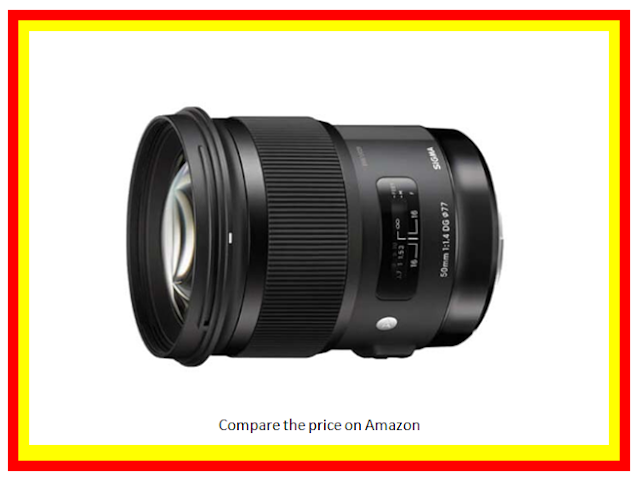
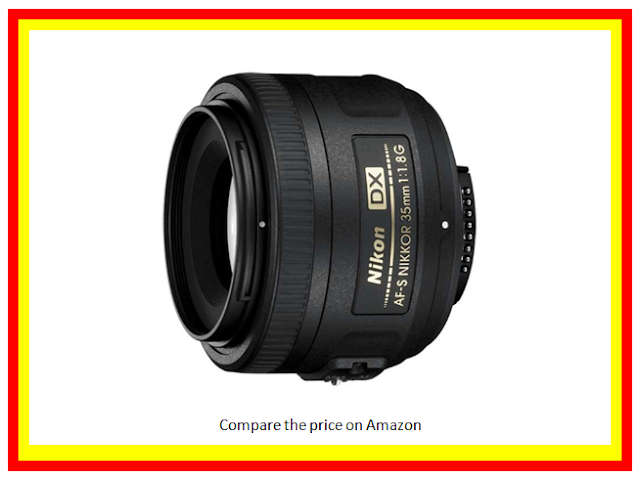
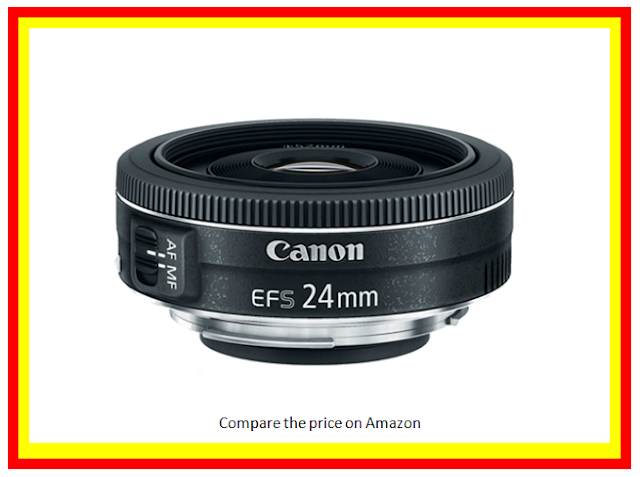


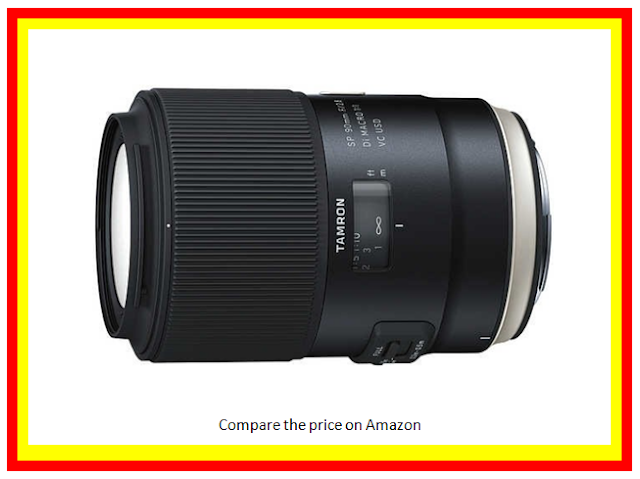
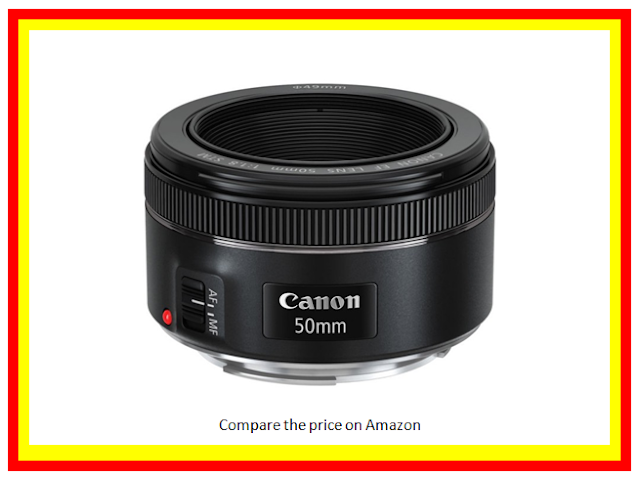











0 comments:
Post a Comment